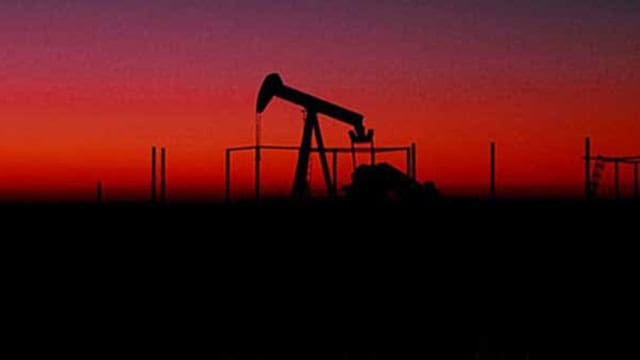 An uneven playing field exists in the crude oil marketplace.
An uneven playing field exists in the crude oil marketplace.
Two major producers, Iran and Venezuela, face sanctions on their oil sales from the United States. Meanwhile, Libya is in the midst of civil strife. These circumstances mean a considerable volume of oil isn’t available to the markets.
Yet the Organization of Petroleum Exporting Countries (OPEC) and its allies in OPEC-plus have been forced to reduce their output by an unprecedented level.
What does all this mean to demand for crude oil?
The producing nations are sitting in a bubble. The math is simply not adding up. OPEC-plus isn’t taking into account the fact that the total global production capacity is far greater than current output.
Iran, Venezuela and Libya have virtually been forced out of production. But even their absence from the market hasn’t made the lives of other producers any easier. To balance the markets, OPEC-plus had to cut output to unprecedented levels.
What if Iran, Venezuela and Libya returned to markets (and one day or another they will)?
Let’s get the math clear.
Iranian output is at its lowest level in four decades. It was as low as 1.9 million barrels per day (bpd) in June, according to a Reuters OPEC survey. That was almost half of Iran’s production in 2018 and its lowest level since 1981, the beginning of Iran’s war with Iraq and attacks on its oil facilities, according to OPEC data.
Iranian exports have also fallen to new lows as an oversupplied market and the COVID-19 pandemic have made it harder for Iran to find customers willing to take its sanctions-hit oil.
Iranian crude exports were about 100,000 bpd in May and 237,000 bpd in June, according to energy industry analysts Kpler, and approximately 210,000 bpd, according to consultants FGE. This was a fraction of the more than 2.5 million bpd Iran exported in April 2018.
The U.S. embargo on Iran has taken two to three million bpd of crude our of the market.
Venezuela has also faced political and economic pressures from the United States. Its output plummeted to 393,000 bpd in June, down from 573,000 bpd in May and down 52 per cent from an average of 821,000 bpd in the first quarter of the year.
The civil war in Libya has taken an additional one million bpd from the market. Production plunged to just 100,000 bpd compared to 1.2 million bpd before the war erupted. During the Moammar Gadhafi era, Libyan output exceeded 1.6 million bpd.
Since withdrawing from the Iran nuclear deal in 2018 and opting to put sanctions on Venezuela in early 2019, the administration of U.S. President Donald Trump has effectively stifled some four million bpd of oil production from the two countries. Take an additional 1.4 to 1.5 million barrels of Libyan production out of the mix and the total figure not entering the markets stands around five million or six million bpd.
All of this is besides the voluntary cuts from OPEC-plus and it’s all indicative of the dwindling demand on the world oil market.
So what if all the embargoed and sanctioned production is allowed to return to the markets? How would the markets react then? What if Joe Biden wins the U.S. presidential election in November and enters the White House?
The current circumstances aren’t normal. A façade is enveloping the crude oil marketplace and it can’t go on forever. The facade has to crumble eventually.
What then?
Toronto-based Rashid Husain Syed is a respected energy and political analyst. The Middle East is his area of focus. As well as writing for major local and global newspapers, Rashid is also a regular speaker at major international conferences. He has been asked to provide his perspective on global energy issues by both the Department of Energy in Washington and the International Energy Agency in Paris.
Rashid is a Troy Media Thought Leader. Why aren’t you?
The views, opinions and positions expressed by columnists and contributors are the author’s alone. They do not inherently or expressly reflect the views, opinions and/or positions of our publication.


